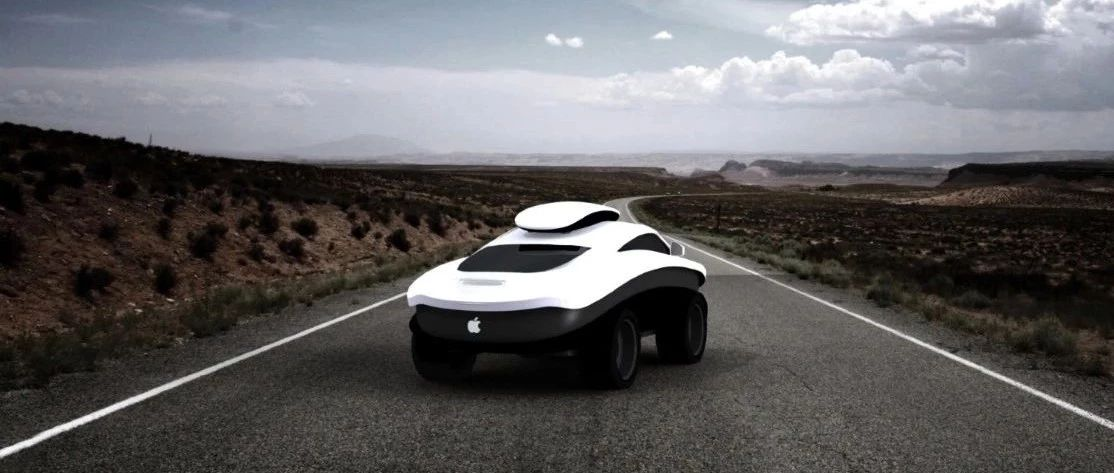The global automotive industry is entering a grand and turbulent era of change.
Ten years ago, when Apple had just released the second generation of iPhone, not to mention the automotive industry, CEOs of the mobile phone industry ridiculed Apple repeatedly, waiting to see the sales of iPhone flop. At that time, Google had just formed the Google X lab, appointing Sebastian Thrun as head of Google’s driverless car project. Tesla, the pioneer of PPT car making, released the Model S in the form of press release. Six months later, a Model S prototype with the front hood fixed by a large magnet appeared on stage. However, while taking photos, one had to be careful because the hood could fall off with a little force applied to it.
People in the global automotive industry did not realize that these three companies would become the three most powerful innovative forces posing the greatest threat to the industry and the most subversive to the existing industry landscape in just a decade’s time.
As the media, we have always been cautious about using words like “subversion”. However, if some new forces have the potential to change the existing business model of the automotive industry, reconstruct the upstream and downstream industrial chain and ecological evolution, and bring the whole industry into a new era, then what else can it be called if not “subversion”?
Apple
During the era of Steve Jobs ten years ago, it was difficult for us to link Apple with the transportation industry. If we had to make a strained analogy, it might be Steve Jobs’ appreciation of the balancing scooter from startup company Segway. Steve Jobs considered the balancing scooter as an innovative and disruptive means of transportation, while listing the shortcomings of Segway products incessantly. Meanwhile, the Segway’s CTO, Doug Field, listened attentively to Jobs’ advice.
Even Steve Jobs himself may not have imagined that ten years later, his joining of Apple’s update on the LinkedIn page would make headlines in the Chinese automotive industry’s friends circle, with the title of “Apple’s Automotive Business Group Emerges”.
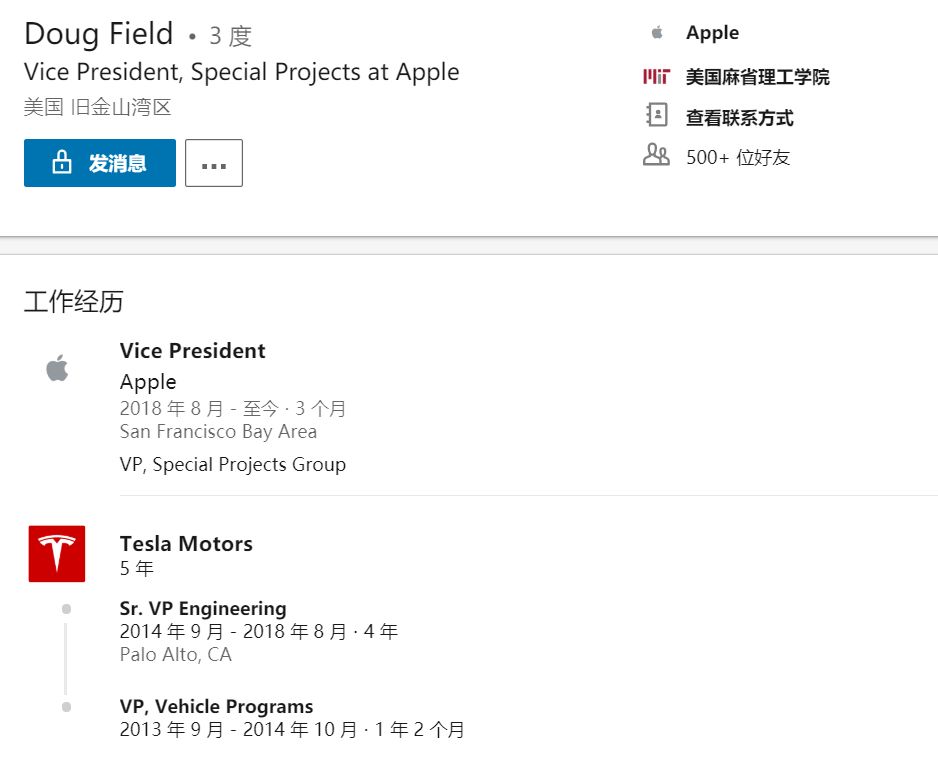
For businesses still in the planning stage, Apple’s management has always been tight-lipped. However, there is no wall that is impervious to the wind, and as early as 2014, foreign media used the term “Open Secret” to describe Apple’s covetousness of the automotive industry.In June 2014, Apple poached five top R&D talents from A123, an electric car battery manufacturer including the CTO, whose customers & partners included General Motors, Ford, BMW, and Daimler. A123, whose R&D suffered a devastating attack, sued Apple for violating non-compete agreements. This might be the most shameless talent poaching ever in Apple’s history because, unbeknownst to the court, Apple had actually poached 7 more A123 researchers, making them a total of 12.
What does a consumer electronics giant do with power battery development talent poaching? Media outlets have taken pains to trace Apple’s moves in the automotive industry and found that in addition to A123, 18 Tesla R&D talents have also joined Apple. Since everyone knows about Apple’s secret plan, Apple no longer hesitates to step up their talent poaching efforts.
If NIO needs one top talent in leading powertrain development, Li Bin will go to Tesla to poach one. This is an understandable way to do things. However, Apple is a bit different; considering that since 2012, Apple has been the world’s most valuable company with the most advanced organizational form, with abundant cash on hand that has paved the way for Apple to set up R&D centers on the ground with over 10 people and poach talents.
-
In April 2016, Apple established a secret lab in Berlin, Germany, hiring a team comprising of 15-20 German automakers who used to specialize in hardware engineering and software design.
-
In October 2016, Apple poached 20-plus QNX core R&D talents, including Dan Dodge, founder of Blackberry QNX, and established an R&D center near Blackberry QNX.
-
In March 2017, Apple quietly set up an R&D center in Zurich, Switzerland, with dozens of PhDs/scientists from the University of Zurich’s autonomous driving laboratory specializing in computer vision, robotics, joining Apple together.
Here’s the big move: Since 2012, more than 200 Tesla executives and middle managers have successively joined Apple, covering multiple posts such as autonomous driving, power batteries, car manufacturing, car safety, supply chain management, and mechanical design. Among them is the key figure Doug Field.
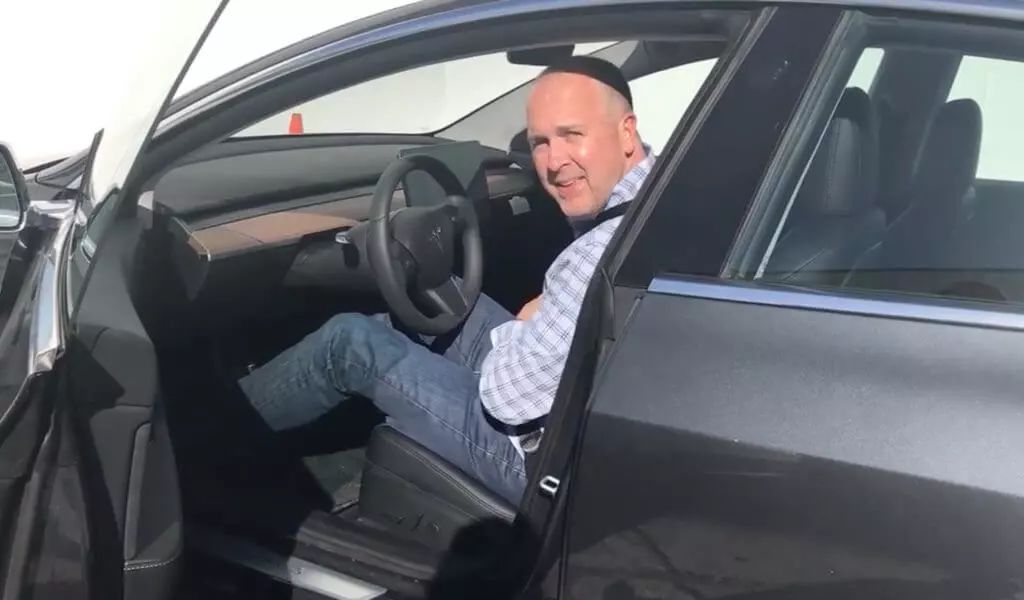 # About Doug Field
# About Doug Field
Doug Field is best known to the public as the former Chief Engineer for Model 3 at Tesla and Vice President of Apple’s Special Projects Group. However, his engineering skills remain relatively unknown to many. One example of his capabilities can be seen in the original plan for Model 3 to be delivered in July 2018. Within one week of opening pre-orders in April 2016, Tesla received orders for 325,000 vehicles. The massive order pressure prompted Elon Musk to push the delivery date forward by a year to July 2017.
The automotive industry has rigorous and well-planned product cycles, and Tesla itself is known for its aggressive development plans. Setting a delivery date a year ahead of schedule, as Musk did, was an impossible task. However, on July 2, 2017, Musk announced that Model 3 had completed all regulatory testing two weeks ahead of schedule. Finally, on July 28th, Tesla delivered the first batch of 30 Model 3s to their owners – the only delivery in Tesla’s history that not only met but also exceeded expectations. Douge Field, as the leader of the development team, completed the task commendably under the demanding Elon Musk.
Below are the core executives of Apple’s Special Projects Group, also known as the Apple Car project.
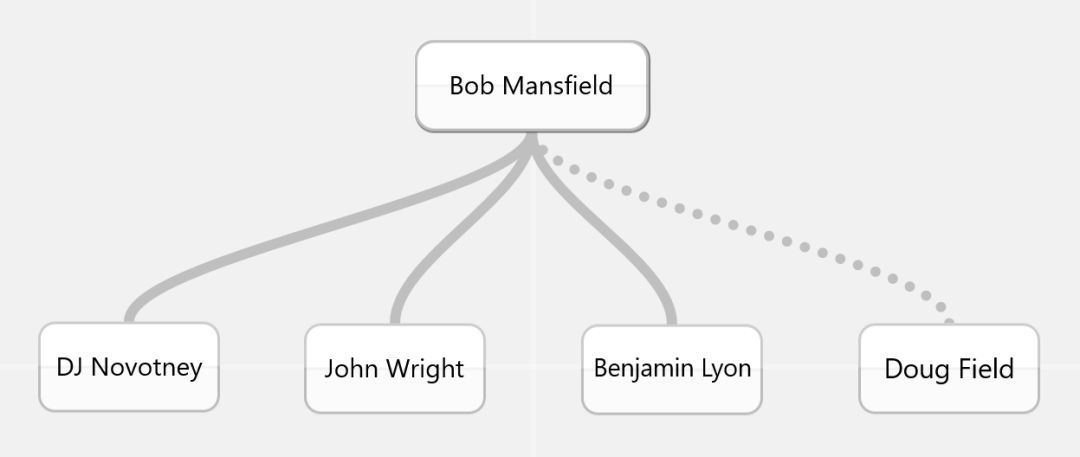
The head of the project is Bob Mansfield, Senior Vice President of Apple. DJ Novotney is in charge of hardware, while John Wright oversees software. Benjamin Lyon is responsible for sensors. All four share a common trait: they are all Apple veterans. John Wright, the latest addition, has already been with Apple for 15 years. Bob Mansfield, an elder of the company who has served for over 20 years, has been with Apple almost as long as current CEO Tim Cook. In other words, although Apple aggressively sought out industry executives for their car project, the product definition and planning still followed the company’s ideas.
Furthermore, a detailed examination of the responsibilities of Apple’s car team shows a departure from traditional auto companies’ thinking. There is no traditional Chief Engineer position, but the sensor team is one of the three equally important teams alongside software and hardware. At present, the Apple car business team has a staff of 1800.2017, media revealed that Apple’s autonomous driving progress was slow, “only equivalent to Google’s level three years ago.” However, this smoke bomb was quite successful. In fact, Apple’s autonomous driving technology has achieved a very advanced level.
However, one report is true: shortly after Bob Mansfield took charge of Apple’s car project, Apple dissolved a team of hundreds of chassis engineers composed of engineers, and employees were forced to resign or transfer to other departments. After making rapid progress in autonomous driving technology, Apple is also in contact with the two global top luxury brands of Mercedes-Benz and BMW. This move is seen as Apple giving up the production of complete vehicles and turning to the development of autonomous driving software systems.
However, the joining of engineering genius Doug Field means that the pro-car camp inside Apple is likely to have the upper hand, and the integration of hardware and software development, the original and authentic intelligent electric vehicle “Apple Car” is coming.
Waymo, Google’s autonomous driving company, was born out of Google X, founded in 2009. Unlike Apple’s deliberate and prepared approach, Google X laboratory ultimately incubated the strongest autonomous driving team in the industry, purely out of the courage of Google management to look up at the stars.
In 2009, Google’s two founders, Larry Page and Sergey Brin, wrote down 100 ideas with the potential to change the world on a piece of paper and handed them over to GoogleX laboratory for exploration and implementation. This team has strong execution capabilities. By the end of that year, Google’s unmanned vehicles were already running on the streets of San Francisco.
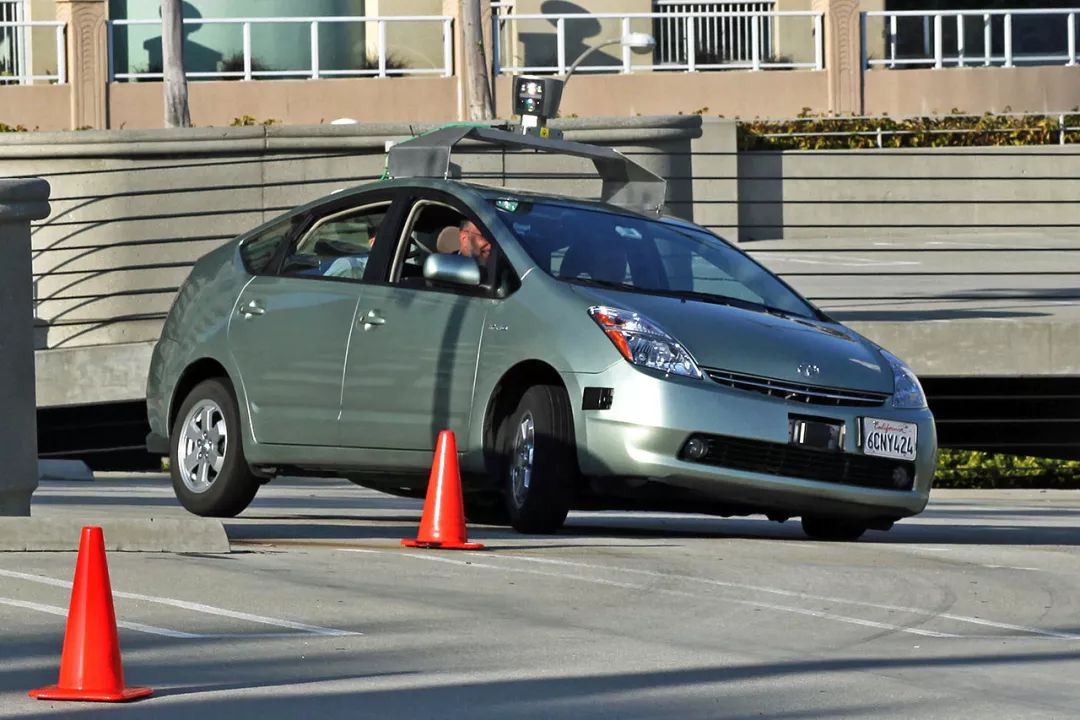
Interestingly, in September 2012, Brin predicted at a California autonomous driving legislation meeting that Google’s unmanned vehicles would be open to the public in 2017. Five years later in 2017, Waymo, which had become an independent subsidiary, really eliminated drivers and testers and opened early rider programs to the public in Phoenix, Arizona.
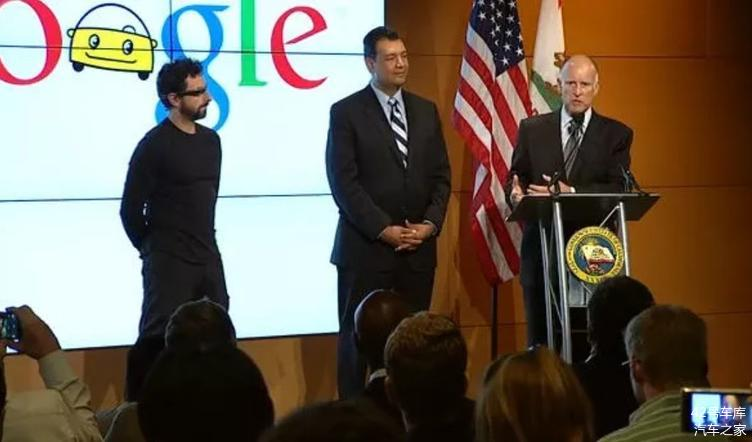 In 2012, Google’s self-driving car project had undergone three years of iteration, but the fleet size was less than 20 cars, and the road test mileage was only 300,000 miles – according to a report by the American think tank, RAND Corporation, autonomous vehicles must reach a safety road test distance of 11 billion miles to achieve commercialization.
In 2012, Google’s self-driving car project had undergone three years of iteration, but the fleet size was less than 20 cars, and the road test mileage was only 300,000 miles – according to a report by the American think tank, RAND Corporation, autonomous vehicles must reach a safety road test distance of 11 billion miles to achieve commercialization.
Google was able to survive the long and treacherous journey of self-driving cars and become the first company in the industry to commercially trial autonomous vehicles, thanks to the long-term investment by its management team. In 2015, Google X Lab’s moonshot project was widely criticized for annual losses of $1 billion. If Brin had canned Google Glass or Fiber projects, he could have easily killed the self-driving car project. The reality was that the entire autonomous driving industry was on the eve of explosive growth of artificial intelligence, deep learning, and big data applications, and the seemingly commercially distant autonomous driving cars were about to experience a major acceleration in development.
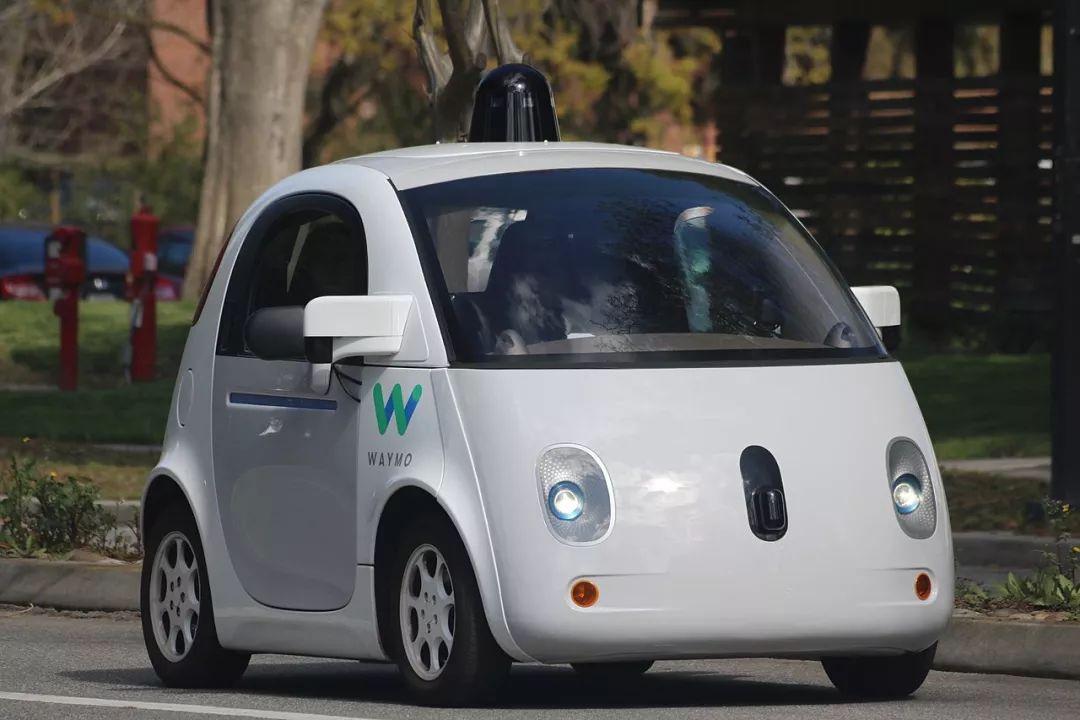
In 2016, it was a pivotal year for Google’s self-driving car team with General Motors acquiring Cruise Automation, Ford acquiring Argo.ai, and BMW partnering with Intel’s Mobileye, which led to rapid bubble formation in the autonomous driving field and mass exodus of members from Google’s self-driving car team. Finally, in late 2016, Google CEO Page decided to spin off the self-driving car team as a new company called Waymo.
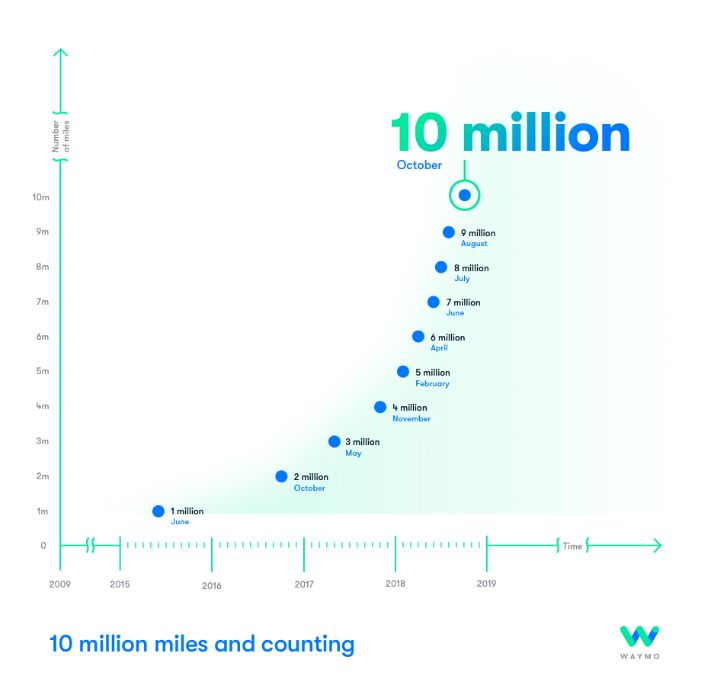
Today, Waymo has become an industry behemoth with cumulative road test data of over ten million miles and virtual mileage of over 7 billion miles. It is growing at a speed of 10 million miles per day, and is the only autonomous driving company in the industry with the strongest technological capabilities and the fastest commercialisation speed.
Below are Waymo’s core executives.
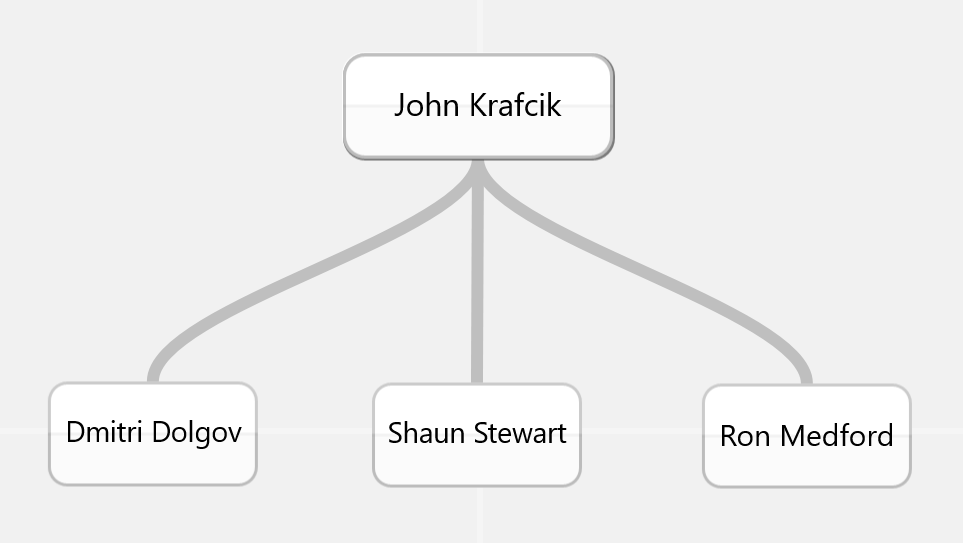 # Waymo
# Waymo
The CEO of Waymo is John Krafcik, who had worked in the automotive industry for over 30 years before joining Waymo. As the first company to successfully deploy autonomous driving cars, John needs to do a lot of educational work for governments, industries, and end consumers. The Wall Street Journal has given a precise evaluation: he needs to be a futurist, a technical expert, a preacher, a regulator, a hacker, and a financial expert all at the same time.
CTO and Vice President of Engineering, Dmitri Dolgov, is one of the founding members of Google’s autonomous driving project, with a strong technical background and rich engineering experience. Shaun Stewart is the Chief Business Development Officer (CBDO) of Waymo, responsible for negotiating partnerships with major OEMs. Ron Medford is the Chief Safety Officer of Waymo, responsible for coordinating and communicating with the technology team and government regulatory agencies in the commercialization process of autonomous driving cars.
In 2011, when Google X Lab was first exposed, Brin came out to reassure investors: when I spend time on some non-core projects, I hope they can become key businesses in the future. Today, Waymo has become the most potentially lucrative emerging business outside of Google’s search engine.
Tesla
Compared with Apple and Google, Tesla had the smallest size, weakest team, and fund raising power to attract talent in its early stage. Meanwhile, Tesla’s independent research and development efforts and the degree of vertical integration in the entire industry are far ahead of the two giants.
As the Tesla spokesperson responded to Apple’s poaching, Apple’s cash reserve is 100 times that of Tesla, and Tesla’s size is only 1% of that of large automotive giants, making Tesla’s development extremely difficult.
There are two key principles in Tesla’s culture called “Stay Small” and “Move Fast”, which are perfectly reflected in the Tesla Autopilot team.
In October 2016, due to the split with Israeli ADAS giant Mobileye, Tesla had to start from scratch to develop Autopilot 2.0 based on a new chip platform and software infrastructure. One year later, the user experience of Tesla Autopilot 2.0 models had caught up with that of Autopilot 1.0 models supported by Mobileye Eye Q3 chips and algorithms–Eye Q3 chips and algorithms are the culmination of more than ten years of deep cultivation by Mobileye in the field of computer recognition industrialization.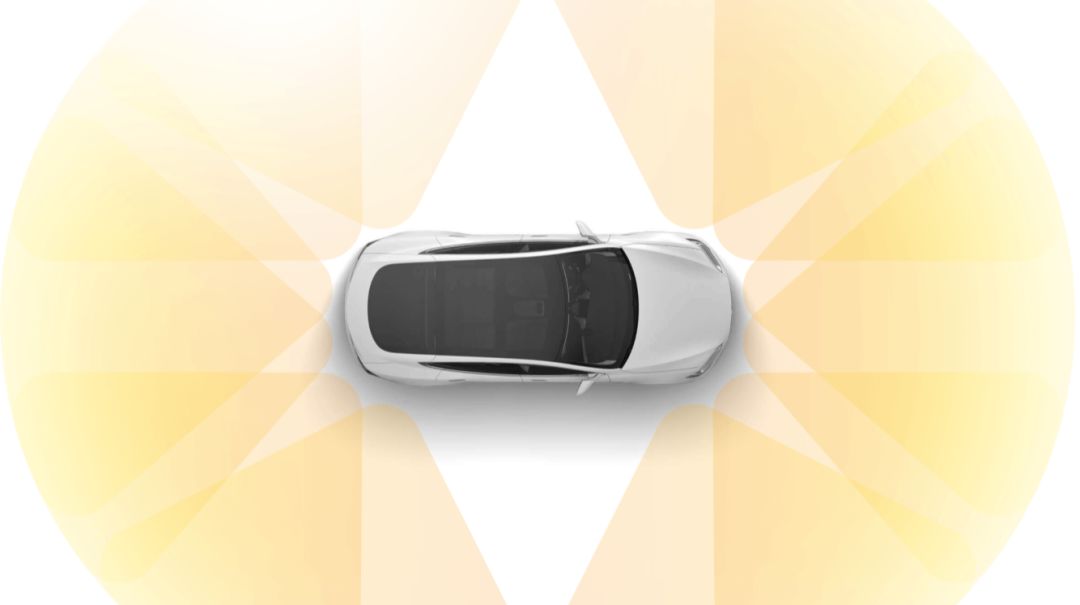
On October 27th, Tesla pushed Navigate on Autopilot to North American users. Although the current user experience and many details are still not perfect enough, Autopilot has become the L3 self-driving system with the widest application scenarios and the best user experience in the industry.
It is difficult for outsiders to understand why the Autopilot team’s executives have been iterating frequently. By the end of this year, the global inventory of Tesla Autopilot 2.0 models will reach 450,000, and the Autopilot team, which drives the world’s largest volume of autonomous driving fleet, has less than 100 people.
What is the concept here? The Uber self-driving team, which became the first autonomous driving car deadly accident case in the industry this year, had a fleet size of only 300, but the team had 1,500 people. Therefore, the entire Silicon Valley autonomous driving practitioners, for Tesla’s exploration of autonomous driving technology, is full of complex emotions of ignorance and fear.
Daniel Kan, COO of General Motors Cruise, ranked in the first echelon of autonomous driving competitiveness, previously evaluated the Tesla Autopilot team, believing that they were “Pushing the boundary of technology”. In the first half of next year, Tesla’s self-designed, industry’s first vehicle-level autonomous driving AI chip with redundancy and fault tolerance capabilities will be in mass production. Tesla’s ambition is to achieve the landing of autonomous driving technology in the next 6-12 months.
In the fields of intelligent driving cabin and electrification, the Model 3 has become the benchmark for the entire industry. Since its delivery on July 28, 2017, the Model 3 has been constantly bought back and reverse engineered by global automotive industry practitioners from Germany, Japan, China and Korea. With this year’s stable production capacity ramp-up, the Model 3 has climbed onto the top 10 best-selling sedan list in the US market in the past quarter, helping Tesla’s total vehicle sales surpass those of Mercedes-Benz North America and BMW North America with extensive product lines and large dealer networks.
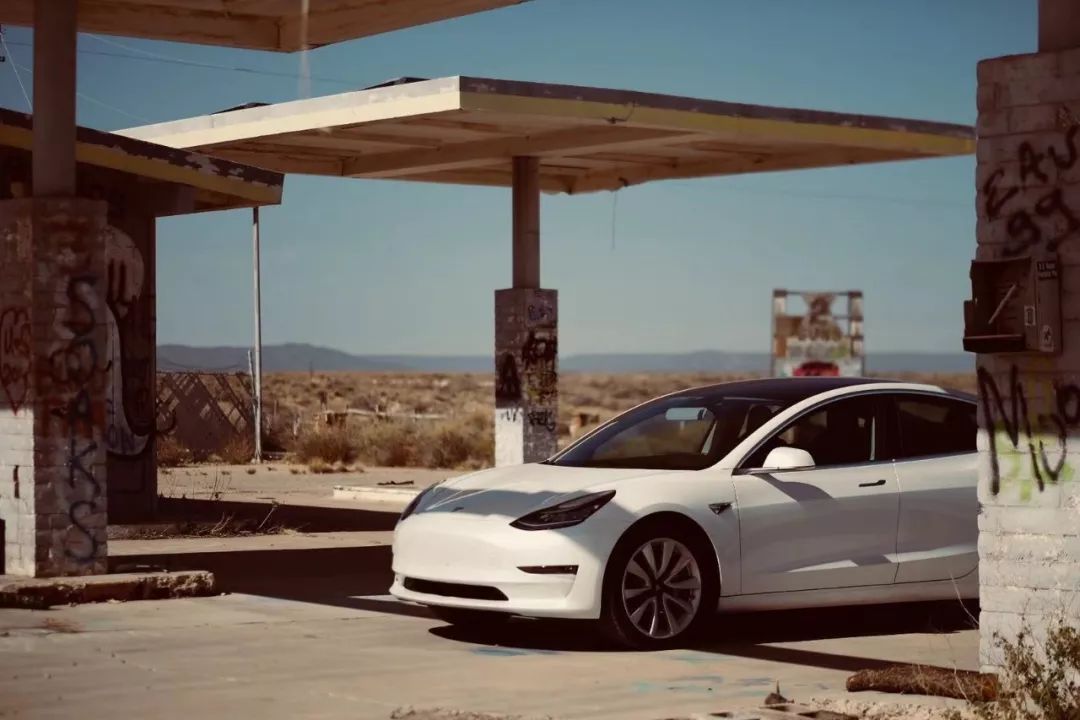
According to Tesla’s spokesperson, aside from the title of Chairman and CEO, “Elon Musk is better suited to be referred to as Tesla’s Chief Product Architect and Chief Engineer.” These titles to some extent reflect Tesla’s most obvious characteristics: interdisciplinary engineering and technical capabilities, and excellent product capabilities.
Tesla CTO JB Strabel is responsible for the R&D, operation, project management, and supply chain management of the electric vehicle product line and energy business. Jerome Guillen, who has served as the leader of product R&D, manufacturing, project management, sales, delivery, and service, is now in charge of Model S, Semi Truck, and Model 3 projects, and is currently the President of Tesla’s automotive business. Chief Designer Franz von Holzhausen is responsible for the design work of all product lines.
It is difficult to imagine what kind of energy Elon Musk and Tesla management will unleash as they return to rational operations and stop maliciously confronting short sellers.
Over the next decade, considering the product cycle of the automotive industry, more precisely, over the next fifty years, which company will have the highest market value and sales volume in the automotive industry?
Where is the future of Volkswagen, Toyota, General Motors, Daimler, BMW, Nissan-Renault-Mitsubishi Alliance?
These questions are too difficult to answer. Let’s get back to the main topic.“`
Google has a huge opportunity in the field of self-driving cars, but they are not a car company and are likely to provide autonomous driving solutions to other automakers. Apple will be a direct competitor to Tesla. Entering the automotive industry is a great strategy for Apple, but they should aim to start mass production of their vehicles no later than 2020 or it will be too late.
We’re waiting and watching.



“`
This article is a translation by ChatGPT of a Chinese report from 42HOW. If you have any questions about it, please email bd@42how.com.
